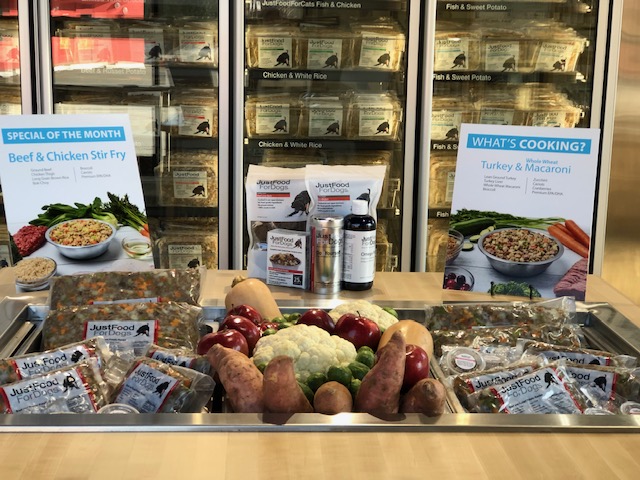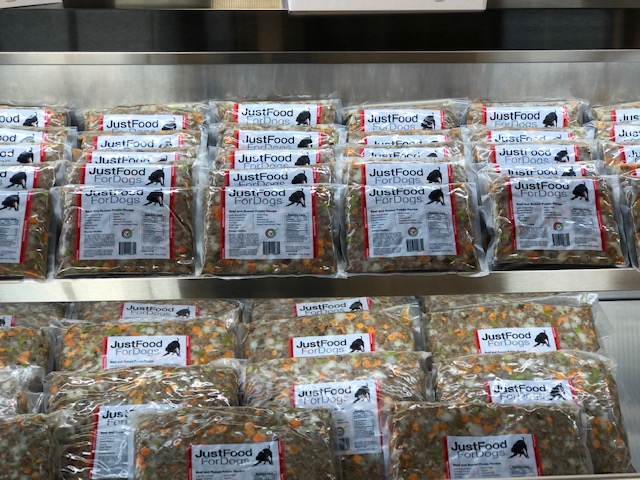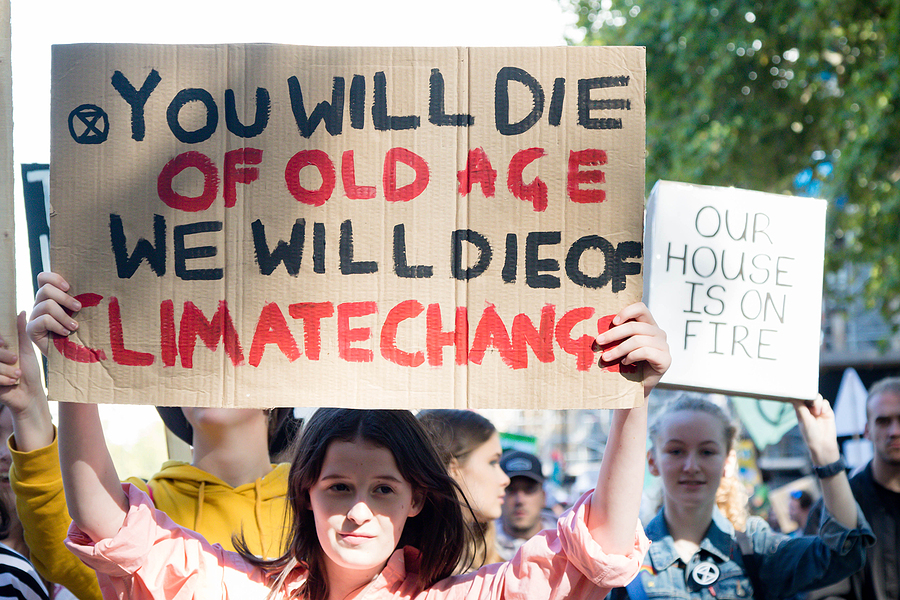
Trend Alert: Rapid Rise of Brand Activism
November 30th, 2020 Posted by Emergent Brand Activism, brand advocacy, brand marketing, brand messaging, Brand preference, brand strategy, CMO, Consumer insight, Differentiation, Emerging brands, engagement, food retail strategy, Healthy lifestyle, Higher Purpose, Marketing Strategy, Navigation, storytelling 0 comments on “Trend Alert: Rapid Rise of Brand Activism”Is your brand’s higher purpose dialed in?
“Food is now so much more than food: It’s this representation of the self. We’ve managed to use it as a signifier for so many virtues, whether that’s obvious ones like health or indulgence, but also ancestry and connection to kin and family, or the fact that you’re just a unique person out in the world.” – Benjamin Lorr, The Secret Life of Groceries, Grocery Business interview.
To successfully build and grow a base of enthusiastic brand fans these days consumer relevance is everything. In the absence of a high-quality consumer connection and a valued relationship, food, beverage and lifestyle brands can be cast out of the economic Garden of Eden, forced to wander in the wilderness of commodities interchangeably bought on price.
Now a new challenge is emerging to creating relevance that must be weighed carefully if brands are to retain the attention and support of a growing an influential new base of users. Here’s what’s coming fast and hard:
The Socialization of Brands
Six years ago we tracked a cultural shift indicating consumers were leaning heavily into deeper, meaning, values and mission in assessing the merits of their preferred brands on the path to purchase. This condition is rapidly evolving and is accelerated farther and faster as a result of Pandemic induced upheaval in mindset and evolving personal priorities.
COVID-19 presents an out-of-control social and economic environment. It is enhanced by the absence of effective readily available solutions and clear public policy guidance from previously respected sources of social organization, government and educational institutions. Into this societal vacuum comes a new form of behavior we call brand activism.
- “COVID-19 has forced communities to grapple with how individual behavior impacts collective health and social wellness, and it has elevated the mandate that companies demonstrate how their products, practices and systems positively impact the community and support the greater good.” – Hartman Group, Value in the Time of COVID 19” whitepaper
Brands are now expected to be social actors.
“My Wallet is My Vote”
Imagine the checkout aisle at your supermarket or drug store transforming into a form of voting booth. The wallet and purchase performs the role of ballot-enhanced virtue signaling as consumers cast a vote on their brand candidate’s values through the purchases they make.
- Purchases are largely symbolic gestures now, intended to telegraph what people want others to know about their priorities and identity. That said, the nature of this beast is evolving further with emergence of pressing issues that are forming on the horizon of our food system, how it operates and what it represents beyond abundance, indulgence and health.
The cultural shift taking place is a pervasive belief among people, Gen Z especially, that they are unique and empowered to help create change. Rather than relying on the performance of others or institutions, people look at their own relationships, networks and voices as opportunities to activate their advocacy on a larger canvas.
Alignment reaches a new level
Awhile back people discovered alignment between the quality of what they ingest and the quality of their lives. The impact of this revelation was seismic. Enter the fresh food revolution, the move to perimeter shopping at grocery, the emergence of preference for locally-sourced foods, and the decline of heavily processed packaged products.
Healthy food was no longer defined as addition by subtraction (or food science at work) to remove fat, sugar, salt and calories in order to achieve a better-for-you claim. In its place came higher quality real fresh food solutions that impacted the course of emerging food brands from large cap CPG line extensions to entrepreneurial, new food brands with an ethos and higher quality, small batch formulation.
Now another revolution is in the works as alignment evolves yet again.
The relationship of food to climate change threat
The alignment emerging now is awareness of a relationship between our current food system and the over-production of greenhouse gases that sit at the foundation of the climate change crisis. The increased pace of super storms, wildfires, droughts followed by floods, topsoil erosion, and the threats to shorelines advanced by higher water levels, serves as evidence the earth has its problems.
Now comes the realization that meat and industrial agricultural practices are the largest contributor to greenhouse gas creation on earth. The revelation: food production enabled by increased consumption by an ever-growing global population could endanger the planet. The food system specifically meat production and large-scale industrial agriculture, is producing greenhouse gas at a level exceeding the contribution of all forms of global transportation combined. Current GHG levels outstrip any prevailing public policy or naturally occurring solution that would lower it sufficiently to address rising earth temperatures and their impact.
- As this knowledge becomes more widespread it will usher in a new era of calculation on favorable brand attributes, specifically carbon footprint. Advantage will go to brands that provide evidence of their sourcing and production processes that work to mitigate contributions to greenhouse gas creation.
Many plant-based brands have already stepped into this arena by invoking climate change in their stories. Some brands have already begun including carbon footprint claims on their product packaging or menus (Panera, Chipotle and Flora plant butter).
Fast on the move is another generation of new product concepts that employ the latest techniques in fermentation and microbe use designed to step away from the agricultural production chain entirely and thus advancing a new cadre of claims and benefits associated with climate change.
Brand activism and brand voice
We have long lauded those incredibly advanced brand ethos players like Yeti who have injected new-found lifestyle associations and deeper meaning into their brand personas. These companies take consumer lifestyle very seriously and operate as mirrors of people who, in Yeti’s case, are devoted to outdoor adventure – or at least aspire to do so.
Now a new battlefield emerges for brands that take the socialization of food and food production to a new level. These informed brands work to answer both the coming tide of planet-level food scarcity and the impact of our global agricultural system on greenhouse gas creation.
Thus we envision a new phalanx of emerging brands that weigh in on such important topics, working to associate themselves with the activist mindset of consumers wishing to vote their preferences via the food purchases they make.
Supporting regenerative agriculture practices will be one area we expect to rise in importance in the year ahead. The potential exists now to help support a new view of farming practices that can help turn farmland into the world’s largest carbon sink. These kinds of stories and the behavioral moves by brands to embrace this new thinking will mark a new era and opportunity in brand communication.
- As consumers increasingly view purchases as a flag of their beliefs, it is vital that brand communication strategy advances to lead this conversation and facilitate the dialogue in social channels.
It’s coming faster due to the cultural shift now underway that aligns food production with climate change, making activism a part of the purchase decision. Failure to recognize this coming shift could put brand relevance at risk and hand competitive advantage to those who are already moving to answer this form of brand activism.
- If further guidance on this evolving path is of interest to optimize your brand’s higher purpose-related messaging and story creation, we can help you determine the right path and create the right story.
Use this link to start a fresh conversation around questions you have about this emerging change-in-motion.
Looking for more food for thought? Subscribe to the Emerging Trends Report.
Bob Wheatley is the CEO of Chicago-based Emergent, The Healthy Living Agency. Traditional brand marketing often sidesteps more human qualities that can help consumers form an emotional bond. Yet brands yearn for authentic engagement, trust and a lasting relationship with their customers. Emergent helps brands erase ineffective self-promotion and replace it with clarity, honesty and deeper meaning in their customer relationships and communication. For more information, contact [email protected] and follow on Twitter @BobWheatley.







